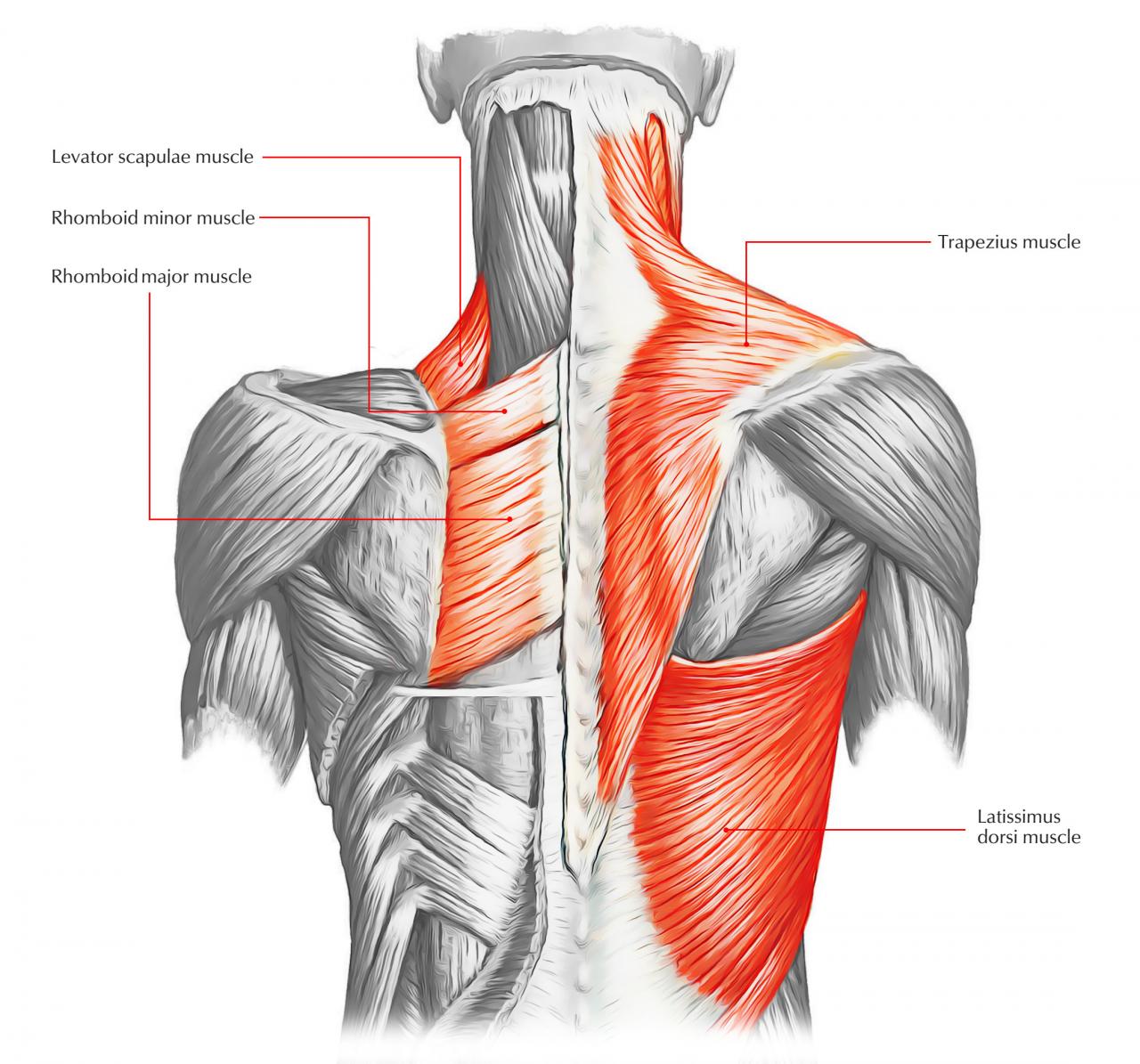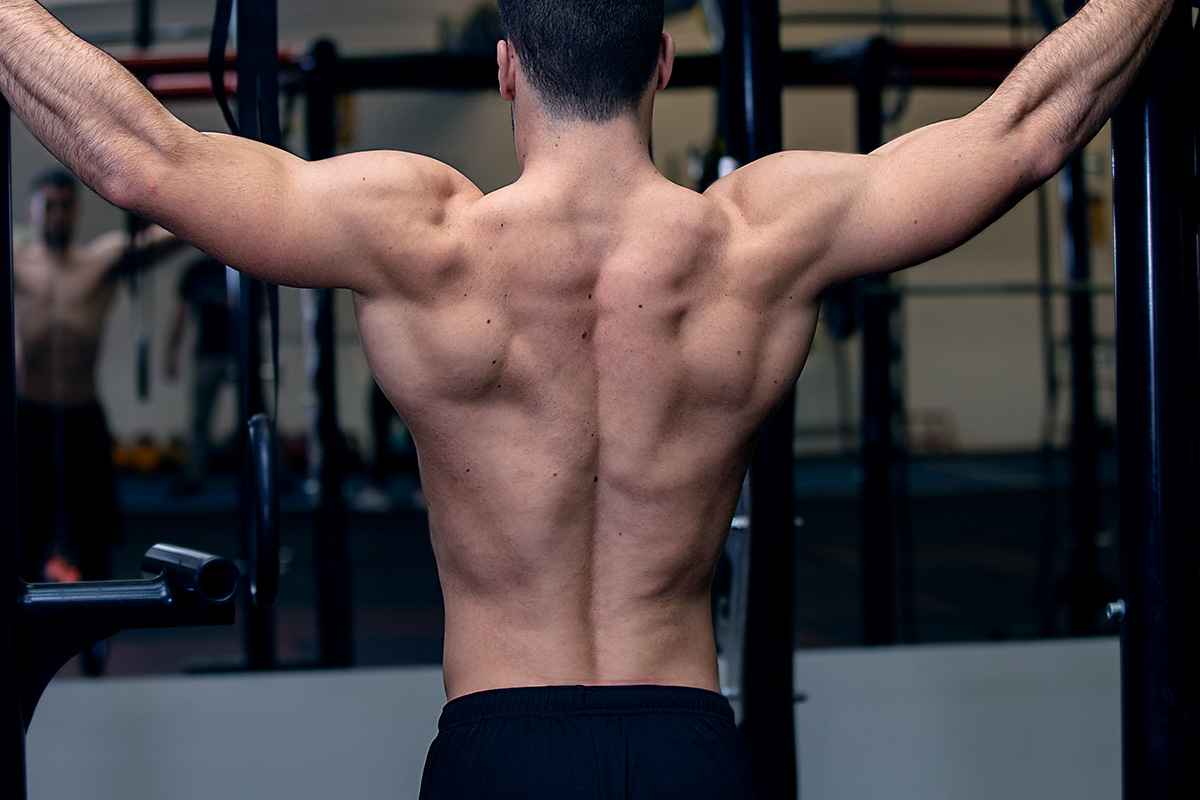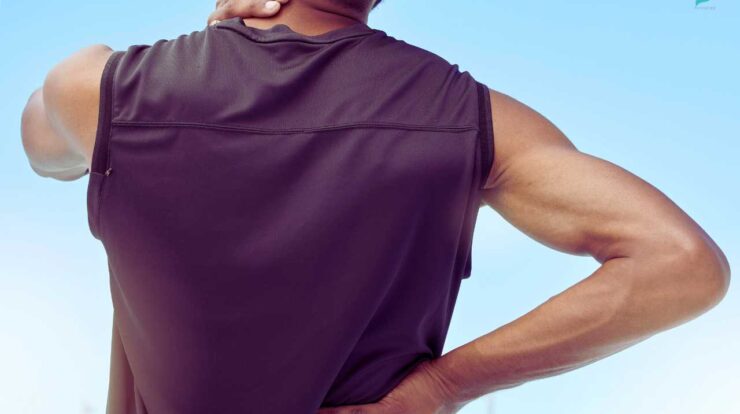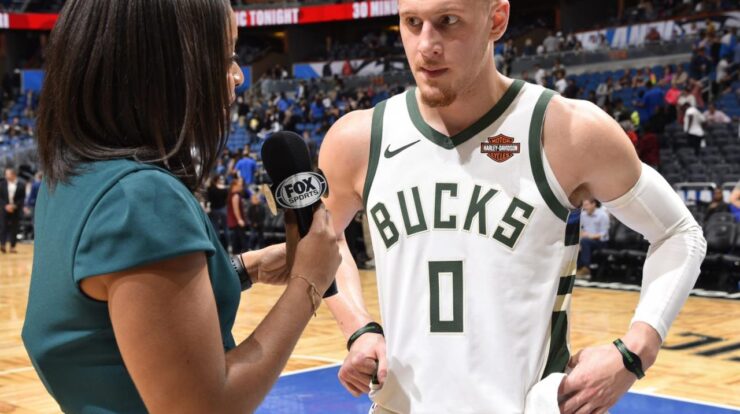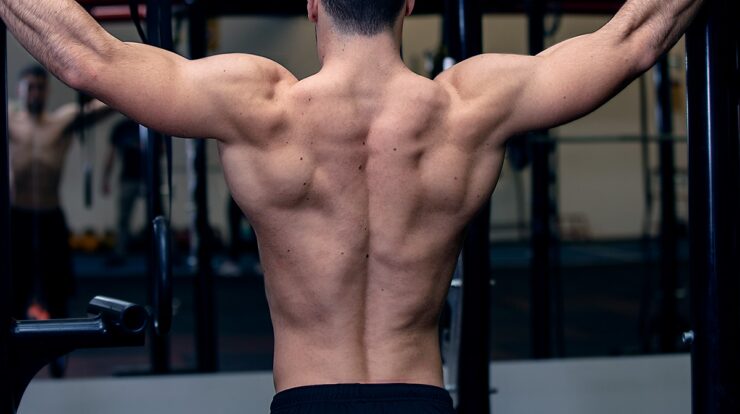
Step into the realm of back muscles, where strength, stability, and posture intertwine. Discover the intricate anatomy, effective exercises, and essential nutrition that shape these powerful muscles. From beginner-friendly programs to injury prevention tips, this guide empowers you to harness the full potential of your back muscles.
Unveiling the layers of back muscles, we explore their functions and relationships, revealing the mechanics behind every movement. Learn how to target specific muscle groups with a comprehensive exercise library, ensuring balanced development and optimal performance.
Back Muscles
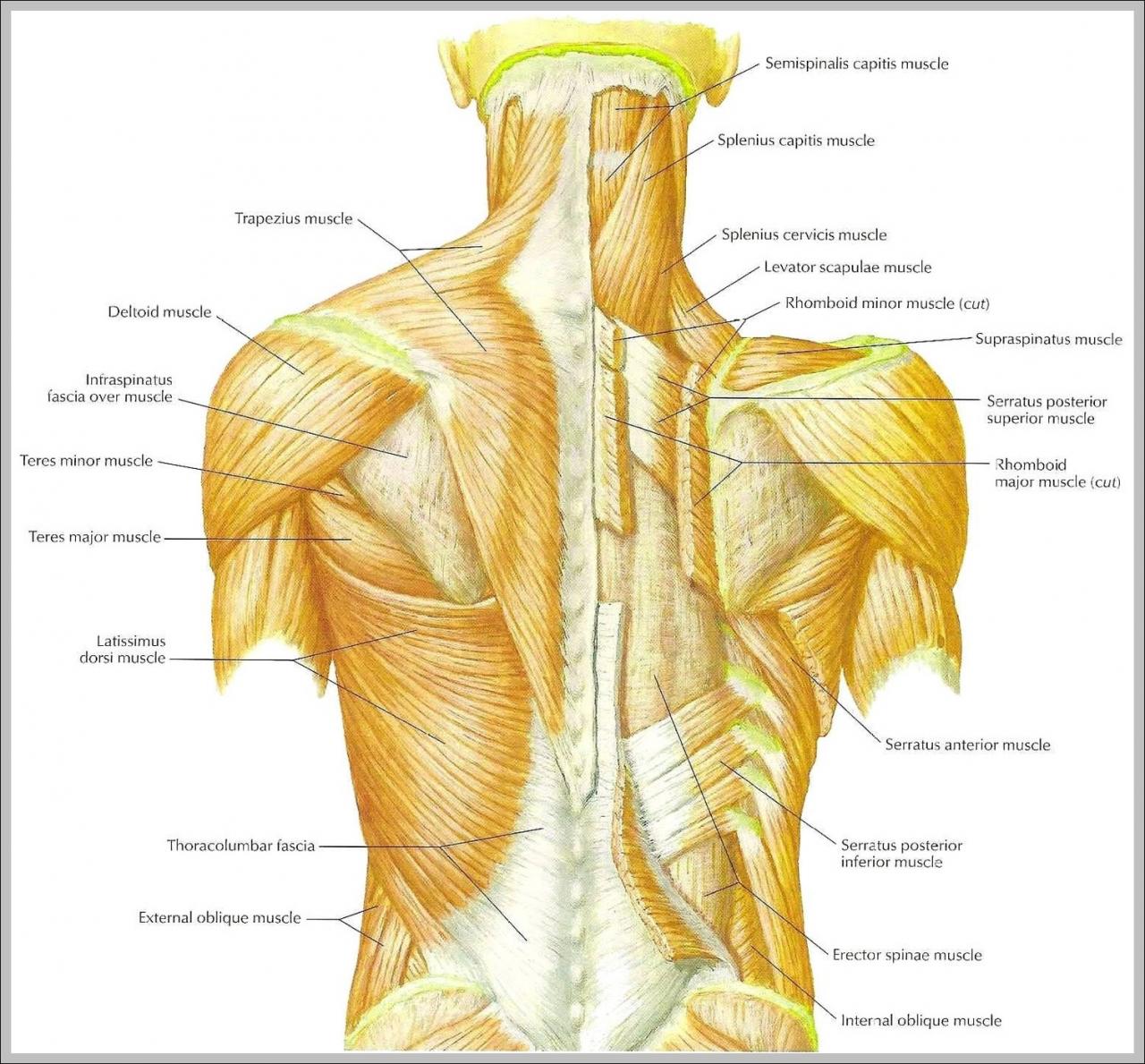
The back muscles are a complex and important group of muscles that play a vital role in posture, movement, and stability. They are responsible for extending the spine, rotating the trunk, and moving the shoulder blades. The back muscles can be divided into two main groups: the superficial muscles and the deep muscles.
The superficial muscles are the muscles that are located on the surface of the back. They include the trapezius, latissimus dorsi, and rhomboids. The trapezius is a large, triangular muscle that extends from the base of the skull to the middle of the back.
It is responsible for elevating and rotating the shoulder blades. The latissimus dorsi is a large, fan-shaped muscle that extends from the lower back to the armpit. It is responsible for adducting and extending the arm. The rhomboids are a group of three small muscles that are located between the shoulder blades.
They are responsible for retracting and rotating the shoulder blades.
The deep muscles are the muscles that are located beneath the superficial muscles. They include the erector spinae, multifidus, and rotatores. The erector spinae is a large, column-shaped muscle that extends from the base of the skull to the lower back.
To all the wonderful mothers out there, we extend our heartfelt wishes for a happy Mother’s Day . May your day be filled with love, laughter, and appreciation. For those who are no longer with us, we offer our deepest condolences and hope you can find solace in memories of the special moments you shared.
We also extend our best wishes to those who are celebrating their first Mother’s Day as well as those who are expecting their first child. May this day be filled with joy and anticipation.
It is responsible for extending the spine. The multifidus is a small, multi-segmented muscle that is located between the vertebrae. It is responsible for stabilizing the spine. The rotatores are a group of small muscles that are located between the vertebrae.
Mother’s Day is a special occasion to celebrate the love and sacrifices of mothers. This year, many families will gather to honor their mothers with happy mother’s day sis messages. For those who have lost their mothers, happy heavenly mother’s day mom messages provide a way to express their love and remembrance.
The day is also an opportunity to express gratitude for all the mothers who have made a difference in our lives, with happy mothers day wishes and happy mothers day wishes mom being shared far and wide. Whether it’s through a simple card or a heartfelt happy heavenly mother’s day message, Mother’s Day is a time to show our mothers how much we care.
They are responsible for rotating the spine.
Back Muscle Exercises
- Pull-ups:Pull-ups are a compound exercise that targets the latissimus dorsi, trapezius, and rhomboids.
- Chin-ups:Chin-ups are a variation of the pull-up that targets the biceps brachii in addition to the back muscles.
- Rows:Rows are a compound exercise that targets the latissimus dorsi, trapezius, and rhomboids.
- Deadlifts:Deadlifts are a compound exercise that targets the erector spinae, glutes, and hamstrings.
- Back extensions:Back extensions are an isolation exercise that targets the erector spinae.
- Hyperextensions:Hyperextensions are a variation of the back extension that also targets the glutes and hamstrings.
Back Muscle Training Programs
Beginner-friendly back muscle training program:
- Pull-ups:3 sets of 8-12 repetitions
- Rows:3 sets of 8-12 repetitions
- Back extensions:3 sets of 10-15 repetitions
Intermediate-level back muscle training program:
- Pull-ups:3 sets of 10-15 repetitions
- Chin-ups:3 sets of 10-15 repetitions
- Rows:3 sets of 10-15 repetitions
- Deadlifts:3 sets of 8-12 repetitions
- Back extensions:3 sets of 12-15 repetitions
- Hyperextensions:3 sets of 12-15 repetitions
Back Muscle Injuries, Back muscles
The most common types of back muscle injuries are strains and sprains. A strain is a tear in a muscle or tendon, while a sprain is a tear in a ligament. Back muscle injuries can be caused by a variety of factors, including overuse, poor posture, and lifting heavy objects.
Symptoms of a back muscle injury can include pain, stiffness, and swelling. Treatment for a back muscle injury typically involves rest, ice, and pain relievers.
Back Muscle Nutrition
The back muscles, like all other muscles in the body, need proper nutrition to grow and recover. A diet that is rich in protein, carbohydrates, and healthy fats is essential for supporting back muscle growth and recovery. Some good sources of protein include lean meats, poultry, fish, beans, and nuts.
Good sources of carbohydrates include whole grains, fruits, and vegetables. Good sources of healthy fats include olive oil, avocados, and nuts.
Back Muscle Supplementation
There are a number of supplements that can be used to support back muscle growth and recovery. Some of the most popular supplements include creatine, protein powder, and BCAAs. Creatine is a natural substance that helps to increase muscle strength and power.
Protein powder is a convenient way to increase protein intake. BCAAs are essential amino acids that are important for muscle growth and recovery.
Outcome Summary: Back Muscles
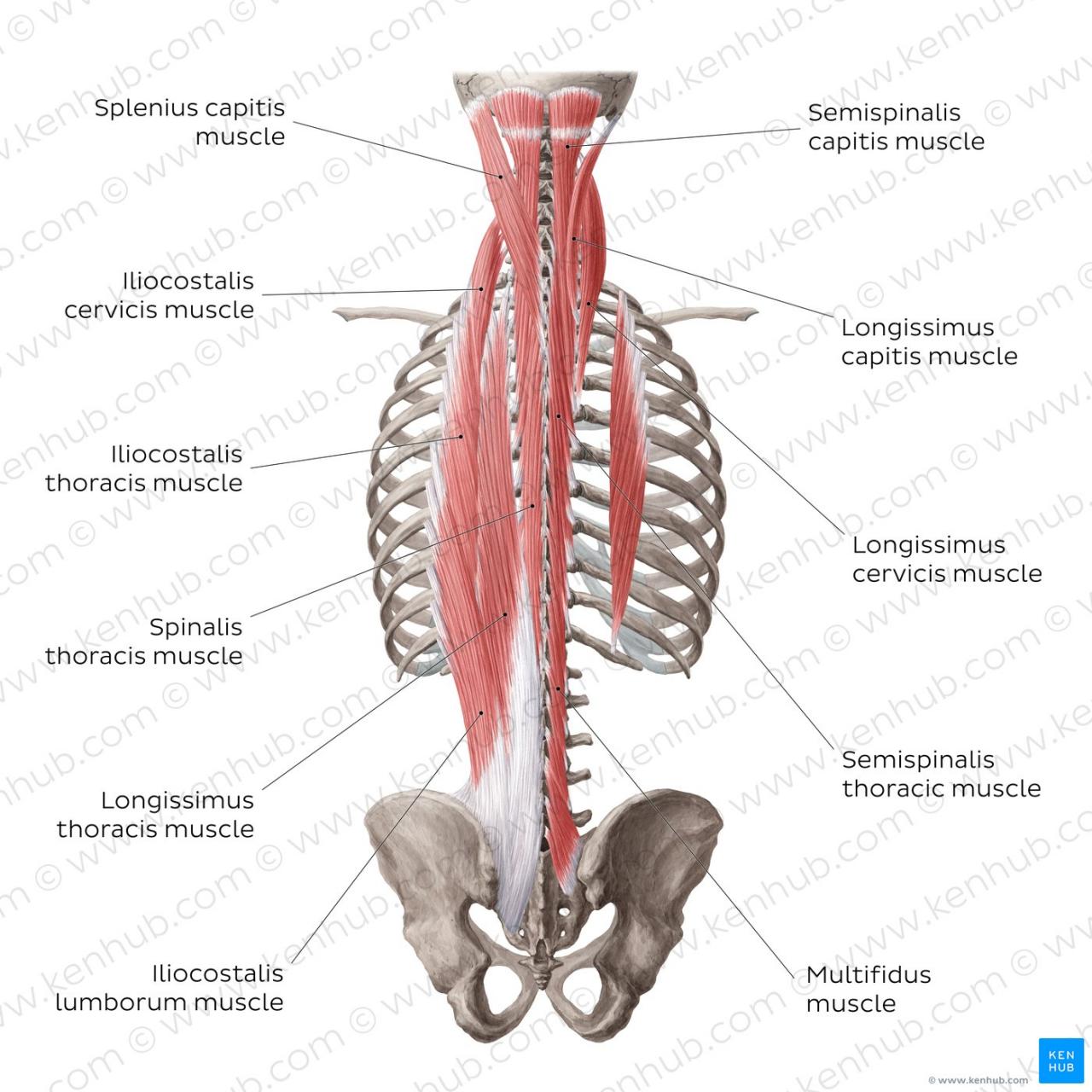
As we conclude our exploration of back muscles, remember that knowledge is the key to unlocking their true potential. By understanding their anatomy, implementing effective training strategies, and fueling them with proper nutrition, you can build a strong, resilient, and aesthetically pleasing back.
FAQ Guide
What are the most common back muscle injuries?
Strains, sprains, and herniated discs are among the most prevalent back muscle injuries.
How can I prevent back muscle injuries?
Maintain good posture, use proper lifting techniques, and engage in regular stretching and strengthening exercises.
